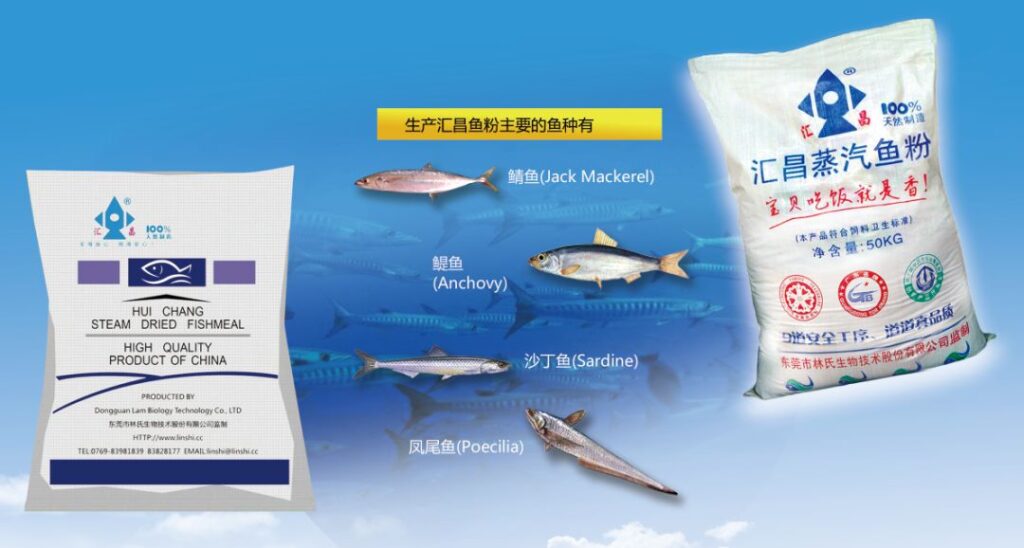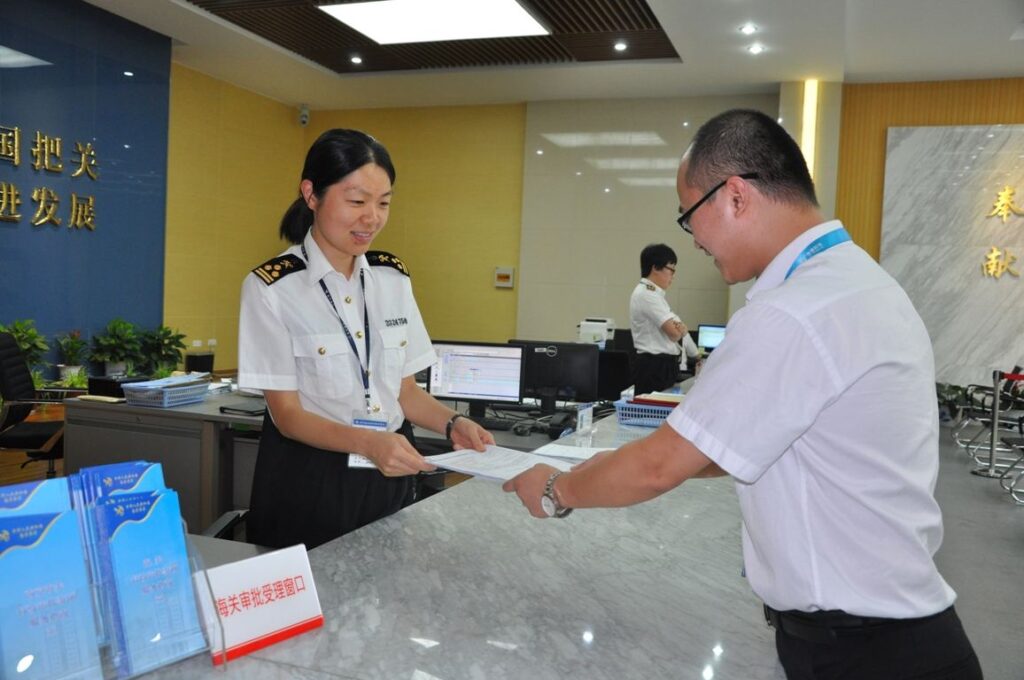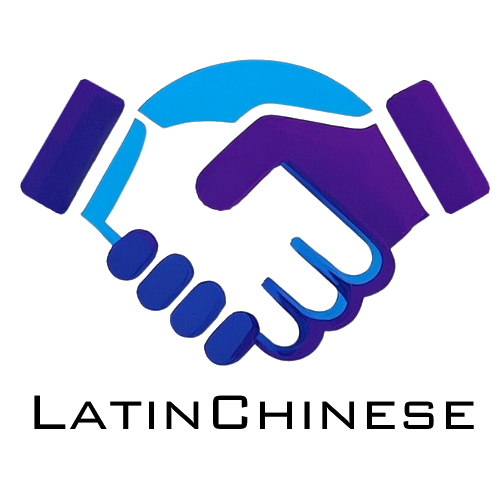Fishmeal, as a high-quality high-protein feed raw material, plays a vital role in the aquatic and livestock and poultry farming industries. my country has a huge demand for fishmeal every year, a large part of which relies on imports. However, fishmeal import customs clearance is not an easy task, involving many links and requirements. Today, we will introduce in detail the knowledge you need to know about fishmeal import customs clearance.
1. Classification and characteristics of fish meal
1. By comprehensive classification (origin, quality)
- Domestic fish meal: It includes different types such as fully defatted, semi-defatted, and full-fat. The raw materials come from marine fish, freshwater fish, whole fish meal, and fish fillet meal. The raw materials may be frozen flatfish or fresh fish.
- Mainstream imported fishmeal: Peru, with its unique geographical and climatic conditions, has nurtured the world-famous Peruvian fishing grounds, which are extremely rich in aquatic resources, producing more than 800 species of fish and shellfish such as anchovies, making Peru the world's largest fishmeal supplier for a long time. Its fishmeal production is close to one-third of the world's total, of which about 80% is sold to China. In addition, fishmeal produced in Chile is also quite influential. These mainstream imported fishmeals are divided into super premium, Japanese, Thai, Taiwanese, and ordinary grades according to their quality.
The Peruvian fishmeal market is dominated by large manufacturers. A few large manufacturers control most of the quotas, and their output accounts for 50-60% of the total Peruvian fishmeal market, and they have absolute say in fishmeal pricing. If large manufacturers jointly set prices, the price trend of fishmeal will be stronger in an oligopolistic situation. However, the quality of Peruvian fishmeal is affected by many factors. Under the influence of the El Niño event, the water temperature along the coast of Peru continues to be high, and the proportion of juvenile fish continues to be high, resulting in an adverse impact on the quality of fishmeal output in the central and northern parts of this season. The output of super steam fishmeal that meets the standards is limited, and the output of "non-standard" super steam fishmeal is relatively large, so there is a significant price difference between the two quotations.
- Non-mainstream imported fishmeal:From Panama, Ecuador, Thailand, Vietnam, Malaysia and other places. In 2022, my country imported 923,000 tons of fish meal from countries other than Peru, of which Vietnam accounted for 23%, Russia 12%, Thailand 10%, Chile 9%, etc.
(ii) Based on the composition and source of raw fish
- White fish meal:It is generally produced from cold water fish such as cod, and its crude protein content can be as high as 68% – 70%, and some are around 62%. It is fresh and has a nutritional value far exceeding that of ordinary steam fish meal. It also has a high nutrient absorption rate and is mainly used for special aquatic feeds, such as eel and turtle feeds.
- Red fish meal:The main raw materials are anchovies, sardines, anchovies, green fish and various small fish, fish and shrimp food processing waste. Red fish meal is often used in livestock and poultry feeds. The crude protein content is generally above 62%, and can reach above 68%, accounting for 90% of the world's total fish meal production.

II. Qualification requirements for imported fishmeal
1. Enterprise qualifications
- Importing companies must have the right to import and export, which is the basic condition for conducting import business.
- Feed production enterprises need to hold a "Feed Import Registration Certificate". According to the "Administrative Measures for the Registration of Imported Feed and Feed Additives", foreign enterprises exporting feed and feed additives to China for the first time must apply for import registration from the Ministry of Agriculture and obtain a feed and feed additive import registration certificate; those who fail to obtain such a certificate are not allowed to sell or use the products in China.
- Companies that import fishmeal for the first time must complete the importer registration with the General Administration of Customs.
2. Qualification of foreign suppliers
- The production company must be registered with the General Administration of Customs of China and have a fishmeal import registration certificate. Currently, 23 countries and regions are qualified to legally import fishmeal, fish oil and other aquatic proteins to China, including Thailand, Denmark, Russia, the United States, Chile, Mexico, etc.
- An official health certificate (including a negative Salmonella PCR test report), a certificate of origin, and an ingredient test report are required.

3. Fishmeal import declaration process
1. Signing of the contract
Negotiate and sign contracts with foreign suppliers on key terms such as price, quality standards, payment methods, and delivery dates. Clarify the rights and obligations of both parties to ensure smooth import transactions. If Peruvian fishmeal is imported, since its market is dominated by large manufacturers, more attention should be paid to price fluctuation risks and the supply stability clauses of large manufacturers when signing contracts.
2. Preparation and shipment
After the supplier arranges production according to the contract and completes product quality inspection, the goods will be shipped to the designated port in China by sea or air. Peruvian fish meal is mostly transported by sea. During transportation, it is necessary to take into account the dangerous goods properties of fish meal (fish meal belongs to Class 9 dangerous goods, with high salt content and easy to absorb moisture, which is conducive to the reproduction of bacteria, mold and yeast, causing the temperature to rise, often caking and moldy, and even spontaneous combustion), and take corresponding protective measures.
(III) Preparation for domestic customs clearance
- Apply for the "Entry Animal and Plant Quarantine Permit":Importing enterprises shall apply for the "Entry Animal and Plant Quarantine Permit" in accordance with relevant regulations (except for some products that have been exempted from quarantine approval).
- Prepare customs declaration documents:
- Basic commercial documents, including packing list, invoice, contract, bill of lading.
- Fishmeal declaration information, such as product name, quantity, packaging, weight, price and origin. If it is Peruvian fishmeal, its specific grade and quality should be clearly stated.
- Certificate of origin, ingredient test report, health certificate, animal and plant inspection certificate.
- Registration certificate for imported feed and feed additive products, and filing of imported feed business enterprises.
- Chinese label design and review: The product outer packaging needs to be labeled. The label should comply with the requirements of China's national standard "Feed Label" (GB 10648) and indicate warnings such as "not for human consumption" or "for use as feed only".
4. Goods Arrival at Port
- Order change:Exchange the bill of lading for the delivery note and settle the shipping company fees at the destination port at the same time.
- Customs declaration and inspection:Submit the prepared information to the customs and inspection and quarantine departments. The customs will review the declaration content, including commodity classification, price review, etc.; the inspection and quarantine department will check whether the product meets the relevant health, animal and plant quarantine standards.
(V) Inspection and Release
- Customs inspection:Customs may inspect the goods, conduct random quality checks, and check whether the labels are consistent with the declaration. If problems are found, such as the goods and documents do not match, the labels do not meet the standards and cannot be corrected, etc., they will be handled in accordance with relevant regulations and may be returned or destroyed.
- Pay taxes:The tariff rate for fish meal is generally 2% – 5%, and the value-added tax is 9%. Enterprises must pay tariffs and value-added tax as required before the customs will release the goods.
(VI) Pickup and transportation
After customs clearance is completed, arrange domestic logistics distribution and transport the goods to the designated delivery location.
(VII) The quarantine department issues a health certificate
After the goods are inspected and qualified by the quarantine department and a health certificate is issued, the company can use the fish meal for sale or production.

4. Things to note when declaring imported fishmeal
1. Dangerous goods properties
Fishmeal is a Class 9 dangerous good. It has a high salt content and is easy to absorb moisture, which is conducive to the reproduction of bacteria, mold and yeast, causing the temperature to rise, often caking and moldy, and even spontaneously combusting. During storage and transportation, it is necessary to strictly follow the relevant requirements for dangerous goods to ensure safety. Especially when importing fishmeal from Peru, due to the long transportation distance, more attention should be paid to risk control during transportation.
(II) Requirements for manufacturers
The production enterprises of aquatic animal protein and oil for export to China must be approved by the relevant departments of the exporting country and recommended to the General Administration of Customs of China, and be qualified and registered by the Chinese side. The enterprises must comply with the relevant laws and regulations under the effective supervision of the exporting country, implement the Hazard Analysis and Critical Control Point (HACCP) quality management system or establish a quality management system in accordance with the HACCP concept, and formulate and effectively implement the product recall and traceability system.
3. Product requirements
- Raw material requirements:The raw materials come from aquatic animals caught in the waters of the exporting country or in the high seas, or aquatic animals farmed (excluding marine mammals), and are processed and produced from the whole of the above animals or by-products of aquatic product processing plants for human consumption; aquatic animals that died of animal epidemics or were eliminated due to the eradication of animal epidemics are not used; and other non-aquatic animal ingredients are not included. The raw materials of Peruvian fishmeal are mostly anchovies, and companies need to ensure that their sources comply with relevant regulations.
- Production and processing requirements: After heat treatment with a core temperature of not less than 85°C and a time of not less than 15 minutes, or other equivalent processing methods approved by the Chinese side; no unknown animal-derived raw materials and prohibited substances are added during the processing; effective measures are taken during and after production to avoid contamination.
- Product quality requirements:The product is allowed to be sold freely in the exporting country; it does not contain toxic and harmful substances that endanger animal health, and meets the feed safety and hygiene standards of China and the exporting country; before the product is exported to China, the ruminant-derived ingredients are tested by the PCR method in the officially recognized laboratory of the exporting country, and the result is negative. The limit of the PCR method for testing the DNA of ruminant-derived ingredients is 0.1%; before the product is exported, it is randomly sampled and tested by the official competent department, and it must meet the requirements of microbial indicators such as Salmonella and Enterobacter.
The import declaration of fish meal involves multiple links and strict requirements. Before importing, companies must fully understand the relevant knowledge and make all preparations to ensure a smooth import process and protect their own interests and the stable development of the domestic aquaculture industry.
